|
INTERPRETATIONS OF THE FISH Universally the fish symbol has been found to represent fertility, success, good luck, harmony and emotions. When threatened, often fish will swarm together as in the photo of this sardine swarm, providing each other protection. The fish are naturally connected to the element of water which is the element often connected with healing, emotion and meditation. Fish are also considered to be connected with a sense of purposeful movement due to the rough currents that they encounter in their environment and that they overcome. This is a metaphor to life where very often rough currents and challenges can prevent or hinder people in reaching their goals. The symbol of the fish therefore reminds us of overcoming obstacles and stretching our own limits. Another interpretation for the fish symbol is the connection with fertility. Due to the fact that fish tend to lay thousands of eggs at a time, the fish represents not only fertility, but also success, thought processes, intelligence and inventiveness! As with other symbols such as the Hamsa hand itself and the eye symbol, the symbolism of the fish has different variations from culture to culture, and in some cases the species of the fish itself hold unique interpretations. THE FISH IN JUDAISM The first time in the Torah that God speaks to any living creature, the speech is directed at fish. In Genesis 1:22
In Judaism the fish are used in ceremonies and blessings are said for the fish, human beings and the Sabbath - as such the fish are considered sources of blessings. The fish symbol is also connected to the Sabbath - the 7th day- as the numerical value of the word fish dag equals the number seven. As such, on the Sabbath it is traditional to eat fish. On Rosh HaShana it is also customary to place or eat the head of the fish, symbolizing the wish to be at the "head" of the community as well as in righteousness. SYMBOL OF FERTILITY Their symbolism with fertility and abundance can be seen in an example when Jacob blessed the two sons of Joseph, Jacob said: "Let them multiply in the midst of the earth" (Genesis 48:16) In Hebrew, the word for "multiply" ve-yidgu derives from the word fish dagim. PROTECTION FROM THE EVIL EYE In the sea the fish are covered by water and thus many rabbis note that the fish are more protected from the Evil eye - a glare which is cast with intentions to cause harm. The Talmud tells us the “Evil Eye” has no effect on fish and therefore the symbols is popular among jewish people, and can be seen in many amulets against the “Evil Eye.” The fish symbol has also appeared at many entrances of private homes such as of the Jews in Djerba, North Africa and can still be seen there to some degree today.
(I) Iesous (ch) Christos (th) Theou (y) Yios (s) Soter, i.e. Jesus Christ, Son of God, Savior. The Christians used the symbol of the fish as a secret symbol to express their conviction, as well as a way to mark meeting places or tombs. Christians were also called Pisciculi. The root of the Latin word is "fish", and the Apostles were also often referred to as "fishers of men". The fish symbol also plays a role in the gospels, some examples include:
THE LETTER NUN (N) In Arabic the letter 'N' (nun) is the word for fish and in Islam, according to the Quran the fish symbolizes eternal life. In Arabic, the prophet Jonah is called Dhun-Nūn. In Hebrew, in Aramaic and Phoenician the letter Nun is also related to a fish or great whale. Although the word "whale" is often used in English versions of the Jonah story, the Hebrew text actually uses the phrase dag gadol, which means "giant fish". In my upcoming articles about the Hebrew letters relating to my HAMSA 22 - HEBREW LETTERS I will further write about each Hebrew letter and its meanings. However, at this point it is interesting to regard that in the Phonician, Hebrew, Greek, Latin and English alphabets, the letters M and N carry a thought-worthy significance. The letter M is Mu (μ) in Greek and Mem (מ) in Hebrew and Phonician tongues. This word in and by itself means "the sea" and in Hebrew symbolizes water mayim. Their ancient as well as modern shapes indicate that they derive from the Egyptian hieroglyphic forms and of a wave or water mark. The letter N is Nu in Greek and Nun in Hebrew and Phonician and as previously mentioned means "fish." In the alphabets these letters follow one another in the sequence, and thus it is as if one reads Nun, Mem - "The sea; the fish." In the practice of Feng Shui - a way of decorating and by using energy forces to harmonize individuals with their surrounding environment - many Chinese have an aquarium at a well thought placement in the house or office as it is believed that this will enhance wealth, career and luck. The fish also here represent fertility! As fish often swim in pairs, in China they also symbolize fidelity, unity and is therefore often given as a wedding present. THE FISH IN BUDDHISM In Buddhism the fish symbol is one of the 8 Auspicious Symbols. The fish symbolizes the art of living in a state of fearlessness, without danger of drowning in sufferings, and freely migrating from place to place. There are many more interpretations and stories about the fish symbolism and this article is therefore not a comprehensive list. The fish remains a powerful symbol across cultures to this day, and to many people the fish symbol still plays a significant part of their daily lives. Reference: The Encyclopedia of Jewish Symbols, Ellen Frankel, Betsy Platkin Teutsch
4 Comments
|
MAY-BELL
|
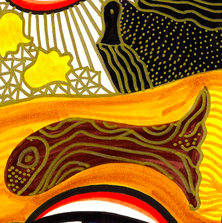



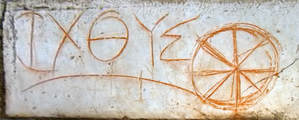
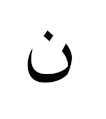
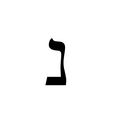
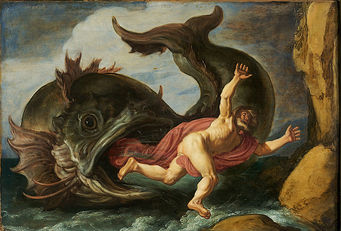
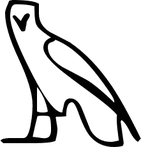
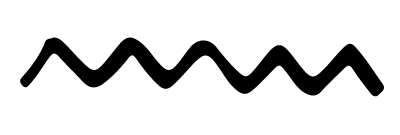
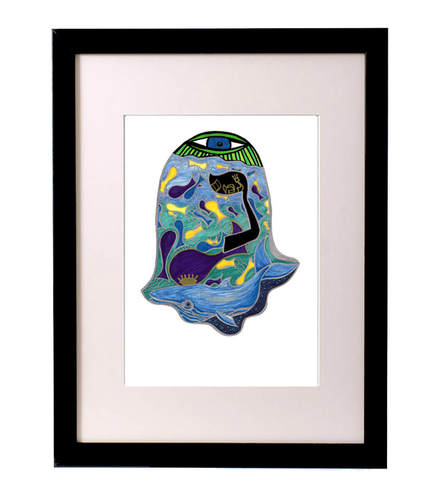
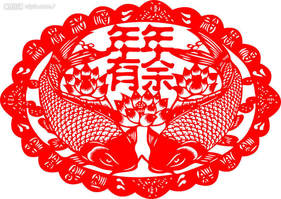
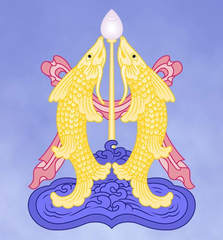
 RSS Feed
RSS Feed
